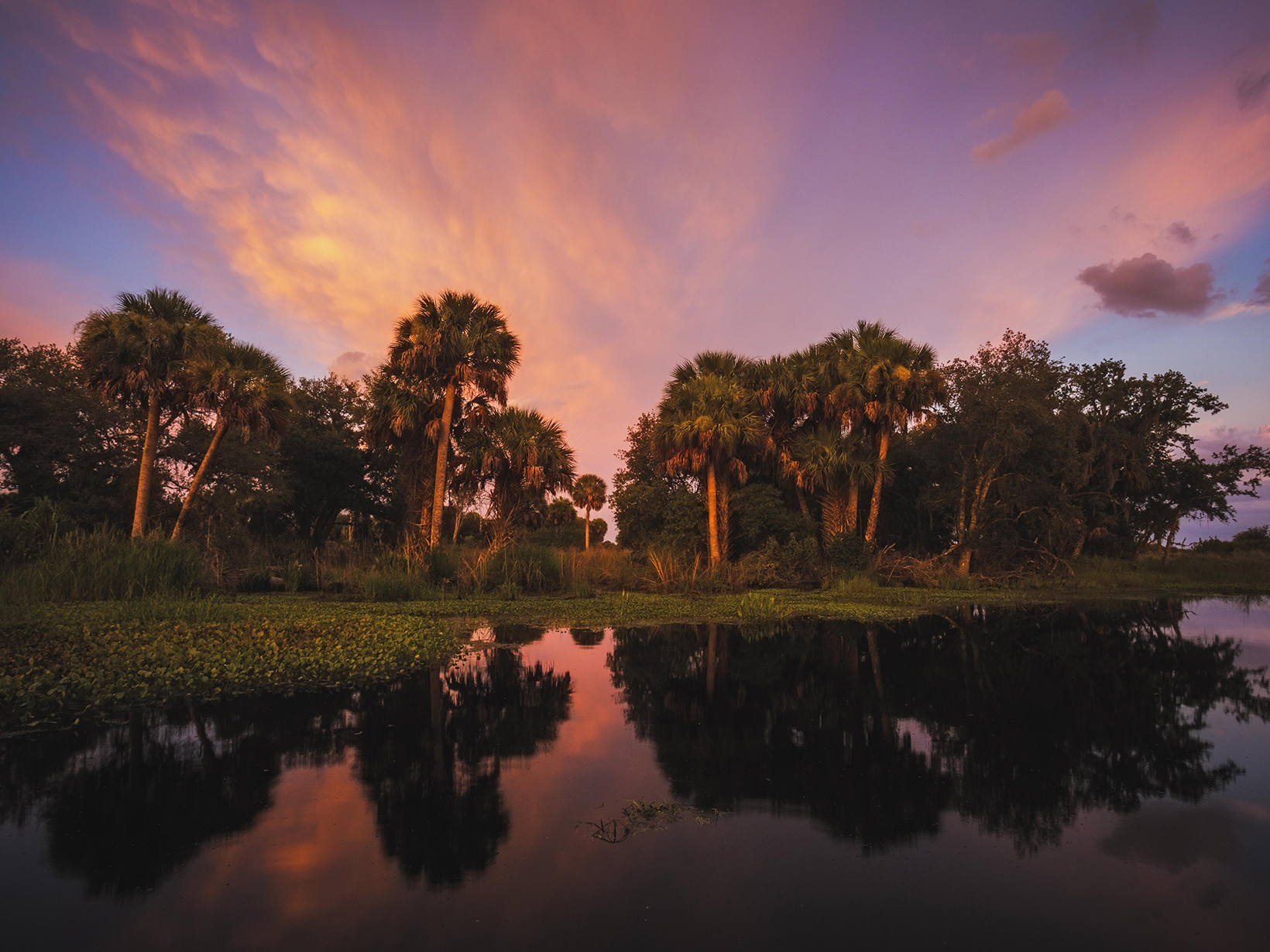Guided by Science: Why We Need a National Climate Assessment
By Lynn Scarlett, Former Chief External Affairs Officer
A decade ago, as Deputy Secretary at the Department of the Interior in the George W. Bush Administration, I established a Climate Change Task Force. We were seeing changes impacting lands, waters, wildlife and communities. Earlier snow melting affected the Bureau of Reclamation’s ability to project water deliveries from irrigation projects on which thousands of farmers depended. Melting sea ice was contributing to severe coastal erosion along the Alaska coast, putting communities at risk. We were seeing changes in wildlife ranges.
Basic principles of good management, stewardship of public lands, and smart use of taxpayer dollars required us to know as much as we could about climate change, its current and likely future effects—and a deeper understanding of the relationship of human actions to climate change. We needed to understand—and build upon—the science to help us serve the public.
Congress understood this in 1990 when they required a quadrennial report on climate science—and what is called the National Climate Assessment—to “understand, assess, predict and respond to” climate change. We needed this knowledge then; we need it now.

This congressional mandate was not a matter of political symbols. It was a matter of advancing public health, safety, prosperity, management efficiency and the natural systems on which all life depends.
Science—then and now—helps us understand “how the world works.” What we learn brings us new technologies; better management of risks to communities from fire, drought, erosion and storms; cleaner energy; and much more. Science helped my grandfather contribute to the development of ventilators at steel mills that improved air quality over seven decades ago. Science helped me at the Interior Department to understand why peatland restoration at Great Dismal Swamp National Wildlife Refuge would reduce the risk of peatland fires that burn for months, covering large areas with thick smoke and leaving large swathes of land devastated. Science helps The Nature Conservancy better understand how to restore soil health in ways that improve agricultural productivity and bring environmental benefits.
Science is a perpetual discovery process. The world around us is dynamic. People initiate and respond to change, developing new priorities, identifying new challenges, and inventing new technologies and solutions. Congress was smart to require updated climate assessments every four years to keep up with the new findings, new observations of changing circumstances, and new decision processes—like scenario planning—to help us link science to decision making.
I took part in developing the 2014 National Climate Assessment—co-leading preparation of the chapter on tools, methods and processes. The information we included was vital to help people in their workplaces, communities and the public sector reduce risks, sustain infrastructure, improve environmental quality, and more.

Taking part in development of the assessment was illuminating. It was an arduous process, involving hundreds of participants from universities and the public and private sectors. Every single statement required documentation—a link from the statement to relevant research and experiences. There was an acute awareness and dogged devotion to the need for clarity, transparency, and forthrightness about levels of certainty in information and analyses provided.
The special report that sets the stage for the 2018 National Climate Assessment was released on November 3, and comes at a time in which political symbols shape public discourse on climate change. I understand the underpinnings of that symbolism: for some, calls for climate action are perceived as cloaking agendas of regulation, big government, and economic costs and constraints on businesses, while for others, commitment to climate action is about commitment to the basic future of the planet.
These symbols conflate science with policy decisions. Science is vital to understanding the planetary changes underway—the effects of rising temperatures on agriculture or permafrost thawing or sea ice melting, and why temperatures are rising, the role of greenhouse gases, and the likely contribution of people to those changes. The world is complex; change is ever-present; we are not omniscient so there are always some uncertainties. But as thousands of scientists observe, analyze and probe these intricacies, taking into account clouds and oceans and sun spots, using age-old ice samples to peer into the past, and employing models of ever-increasing complexity, we get a better understanding of climate change and the role of people in that picture.
Science does not dictate specific solutions—either for advancing cleaner energy and reductions in our greenhouse gas emissions or for reducing risks to people and places from a changing climate. Rather, it gives us insights that, combined with evaluating different policy, technological and marketplace responses, help us respond to climate change, avert potentially large impacts, and secure a more safe and prosperous world. It can take us away from the politics of symbols and provide a platform for practical deliberation.
Quote
America cannot afford to bet its future on political symbols. We have science and information available to help guide us.
When I was at the Interior Department, I could not afford the inertia of a politics of symbols. I needed to search for solutions—to make sure farmers received irrigation water; to enhance resilience of coastal communities to extreme storms; and to understand sea ice dynamics, the opening of the Arctic to ship transportation, and what that might mean for homeland security. I needed to have a better understanding of the dynamics of climate change and consider ways to reduce greenhouse gas emissions. I needed to combine the science with a search for solutions that would be effective and efficient and empower people and the marketplace to innovate.
Policymakers, scientists, business leaders, city mayors and others have just met in Bonn, Germany, working together to address both the causes and effects of climate change. The effort is not a top-down exercise in global big government. It is a bottom-up effort with each country crafting its own pathways—and cities, companies and others shaping their own commitments. China is announcing more details on its cap and trade program. Corporations are developing and buying renewable energy; forest managers are restoring forests; the agricultural sector is keeping forests intact to sequester rather than release carbon. States across the United States are not waiting for the federal government to tell them how to reduce carbon emissions; they are taking actions on their own.
The National Climate Assessment is everything that Americans should hope for from its government—meticulously compiled with participation from many agencies and many scientists, with insights from many professions, subject to a commenting process so that its underpinnings can be scrutinized and reviewed. Like the scientific method itself, the process of inquiry is part of what makes it reassuring as a tool to assist in effective decision-making. America cannot afford to bet its future on political symbols. We have science and information available to help guide us. Like others around the globe, in the public and private sectors, we need to use that science to inform our actions.
-

Global Insights
Check out our latest thinking and real-world solutions to some of the most complex challenges facing people and the planet today. Explore our Insights